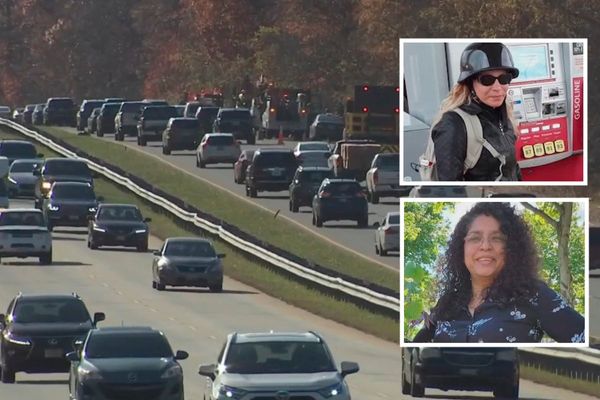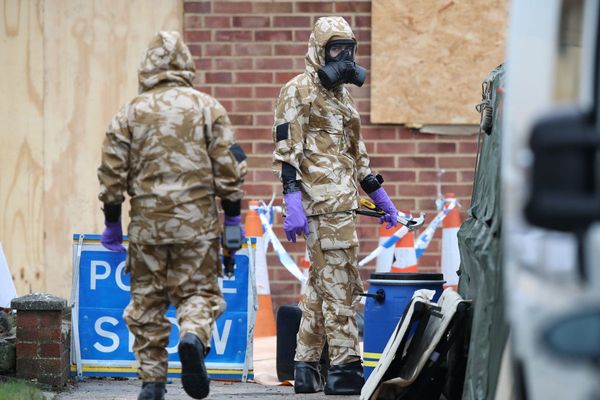
Every day, we drive by schools and rarely think about what is going on in them, the complexity that exists, and how the needs of our most valuable resource — our children — are being met.
Far too often, if the schools in our community are doing relatively well, we are not concerned with the rest. In politics, the acronym NIMBY — not in my backyard — is often talked about. So, while politicians at every level fight for their constituents, sometimes that means it’s hard to amass a consensus on issues like immigration.
But migrant children are here. Public schools must meet the challenge to educate these students.
Under the umbrella of the McKinney-Vento Homeless Education Assistance Act, homeless children, including migrant students, are provided protections and services to ensure they have equal access to a free, appropriate public education. Yet complexities exist, as they always have since Horace Mann, the father of American education, led the movement for the development of universal public schools.
Just recently, I and another administrator were giving a presentation to new teachers. The topic was “Communicating with parents and cultural awareness.” How fitting during a time when immigration is at the forefront of our politics. We asked the following question: Do you feel we are ready to meet the needs of migrant children if they come to our schools?
In reality, it does not matter how we feel. We will embrace them and do our best to provide migrant children with a first-rate education, notwithstanding some of the challenges they may be facing.
Trauma-related services, bilingual education, high-quality curriculum and other services are a small fraction of what needs to be made available for migrant children. Some of them have had emotional and traumatic experiences that must be addressed, and data from the Journal of the American Medical Association reveals that migrant children often suffer from anxiety, depression, post-traumatic stress and the persistence of emotional distress.
Educators, social workers, counselors and others must first assess their needs and determine how to effectively help migrant children adjust to an entirely different school system and culture. And with teacher shortages at an alarming high, the challenges are even more pronounced, especially for bilingual teachers, who are desperately needed in communities that are getting an influx of migrants.
A chance to restore faith in public schools
This immigration crisis underscores the challenges that public schools face daily but also demonstrates their value. Where would our society be without a public school system? Who would educate migrant children if public schools did not exist? We often read about what public schools are not doing well. Yet we tend to gloss over and overlook the myriad of challenges they face and the successes our public schools do manage to achieve.
The migrant crisis is a chance to restore faith in our public school system, one of the most important institutions in our society.
Former President George W. Bush once said, “We’ll never be able to compete in the 21st century, unless we have an education system that doesn’t quit on children, an education system that raises standards, an education that makes sure there’s excellence in every classroom.”
It is this mindset that drives educators despite the criticism they endure and regardless of the politics that surround our society. The success of public schools cannot be solely measured by test scores but by the lives that those schools are changing for the better. Certainly, many immigrant children would agree.
Jerald McNair, Ph.D., is a school administrator in South Holland School District 151.
Send letters to letters@suntimes.com
The views and opinions expressed by contributors are their own and do not necessarily reflect those of the Chicago Sun-Times or any of its affiliates.







